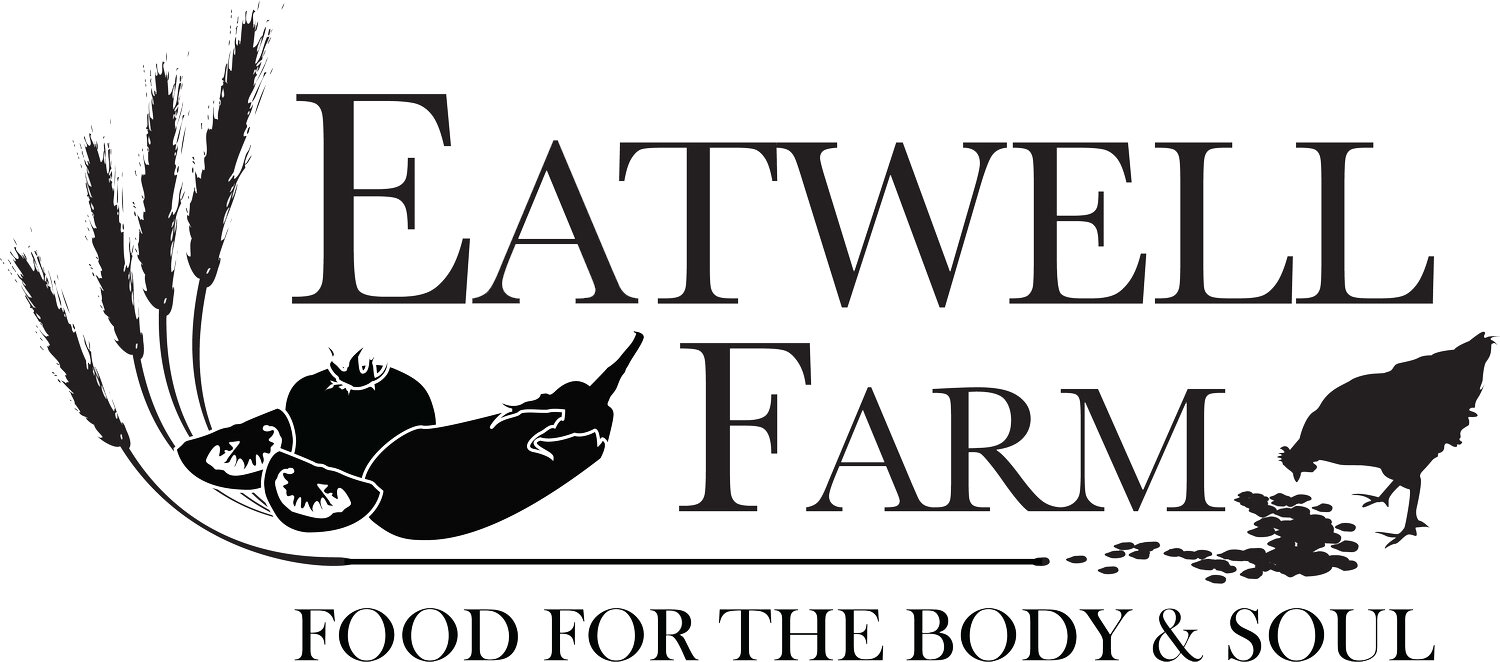Peas and Fava beans are planted in these beds. The two outside rows are Fava beans, they will grow to take over the whole bed. The line of peas in the middle will be removed when they are large enough to put in your box as peas shoots in a couple of weeks. The peas are called a catch crop because they take a niche, make a productive item, while not interfering with final crop. We also have beds with three rows of peas, same thing applies, the outside rows will be allowed to take over the bed and produce sugar snap peas. The middle row will be picked for pea shoots.
On Monday morning, I planted 25 cuttings from a neighbor in our new Permaculture tree rows. These are Quince and will root directly from a cutting pushed into the soil now. I marked each one with a little flag so Jose could see where they are. He will come back and set a stake near it with a wire tube to keep the rabbits from munching on the new shoots in the spring. Why we have so many rabbits is a whole other story for another time.
The stake and netting in the picture on the right is protecting two chestnut seeds that were sown in late October. The early rains helped germinate lots of winter weeds so just before we sowed the chestnut seed Roberto cultivated these beds. It was then too cold for more weed seeds to germinate. We are learning these critical times over the years. They help us keep our fields clean of weeds. The summer is now the most difficult weed time with Johnson Grass. We are trying some new ideas this year to control that weed.
The seeds of the chestnut are sown directly, so that the tap root will grow undisturbed deep into the soil allowing it to survive in a drought without irrigation. Same goes for the Quince I just planted. We you start a tree in a pot the tap root reaches the bottom of the pot and cannot go any further. It grow lots of lateral branches to the root system. These are shallow when planted in the field and cannot draw upon deep supplies of water and nutrients. Have a great week. Nigel



